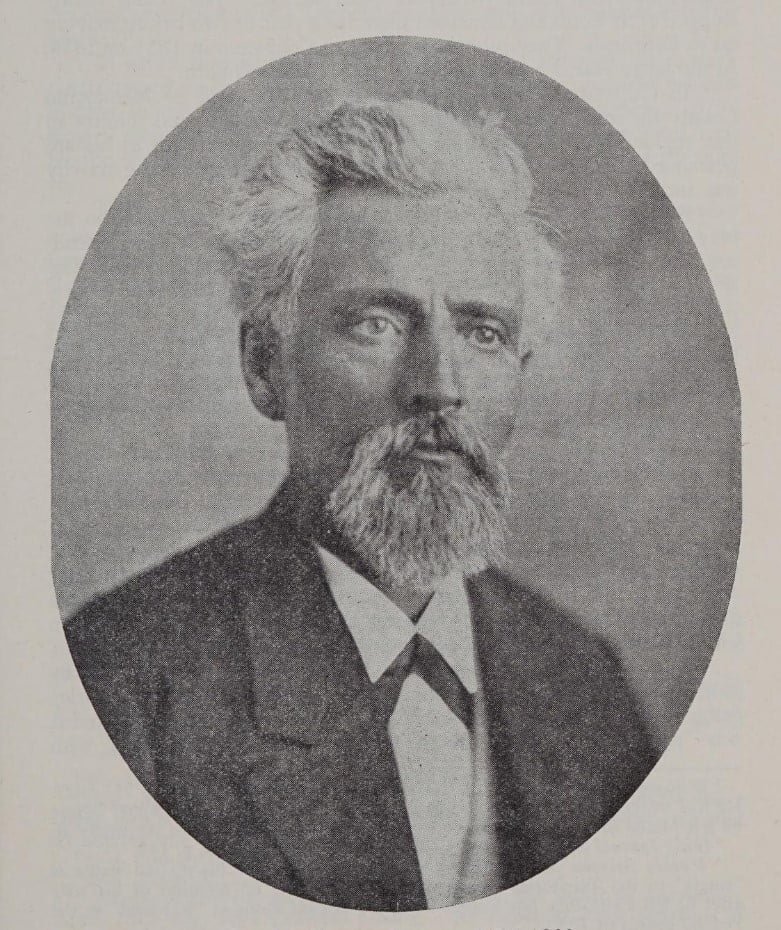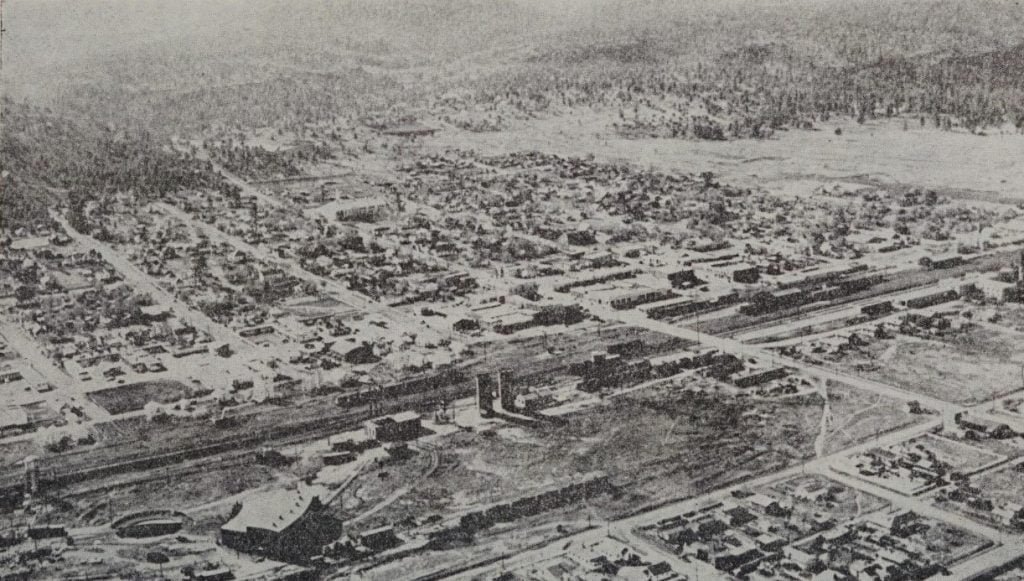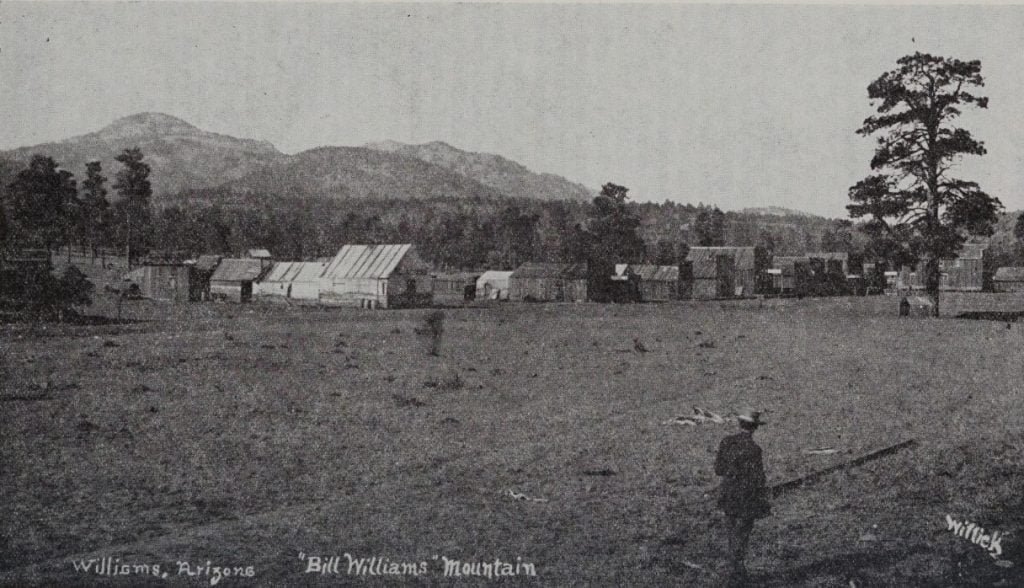James R. Fuchs’ “A History of Williams, Arizona, 1876-1951” chronicles the development of the small Arizona town of Williams. Established in 1881, Williams began as a post office, then a railroad camp. The town’s economy shifted from ranching and railroading to lumbering, and finally, to tourism thanks to its proximity to the Grand Canyon.
By 1955, Williams had a population of 2,152, located in northern Arizona on U.S. Highway 66 and along the Atchison, Topeka and Santa Fe Railroad’s main line, which also has a branch running to the Grand Canyon. Williams, 34 miles west of Flagstaff, the county seat of Coconino County (part of Yavapai County until 1891), is characterized by its picturesque setting beneath Bill Williams Mountain. The mountain rises dramatically from the town’s southern border to a peak elevation of 9,282 feet, lending the town its name after the renowned “mountain man” William Sherley Williams, or “Old Bill Williams.”
Initially a post office on the C. T. Rogers cattle ranch, Williams grew as a railroad camp and evolved into a lumbering hub due to its location within the vast ponderosa pine forests of what is now the Kaibab National Forest. Over time, as local timber resources dwindled, tourism increasingly supported the town’s economy. Dubbed the “Gateway to the Grand Canyon,” Williams capitalized on its proximity to this natural wonder, servicing the heavy tourist flow along Highway 66 and State Highway 64 to the Grand Canyon’s South Rim.
The town’s economy in 1955 thrived on tourism, benefiting from both the influx of travelers headed to the Grand Canyon and those drawn by the region’s appealing summer climate and winter sports opportunities on Bill Williams Mountain. This shift towards tourism marked a new phase in Williams’ economic life following the decline of its lumber industry.
The book does not exhaustively analyze Williams’ key industries—ranching, lumbering, railroads, and tourism—but rather draws primarily from newspapers, acknowledging the limitations of this approach. Early records are sparse due to the absence of a local newspaper in the town’s first decade and the loss of another decade of early newspaper records to a fire in 1901. Thus, much of Williams’ early history is pieced together from regional sources, with later details more accessible via The Williams News archives.
The narrative focuses more on the town’s early influential figures, such as Charles T. Rogers and Cormick E. Boyce, with less emphasis on later citizens who may have been more significant in broader regional or state contexts. This choice reflects the author’s focus on the foundational period of Williams’ history rather than a comprehensive biographical account of its residents through the years.
There is no index for this manuscript, so use the search capabilities of your browser to search for the surname or topic that interests you.
Table of Contents
Northern Arizona, 1540-1870, p. 7
Pioneers in the Williams Area, 1869-1881, p. 19
Charles T. Rogers and the Williams Townsite, p. 26
Formative Years, 1881-1890, p. 35
Growing Pains, 1891-1900, p. 60
Coming of Age, 1901-1910, p. 84
Era of Civic Improvement, 1911-1930, p. 110
Recent Progress, 1931-1951, p. 135
Gateway to the Grand Canyon, p. 154
Appendices, p. 158
Bibliography, p. 164
Illustrations

Pioneer Merchant, Builder and Cattleman. In 1887.
(Courtesy Jesse L. Boyce, Williams)

Founder of Williams, Photograph Taken in 1987.
(Courtesy Sharlot Hall Museum, Prescott)

(Courtesy R. L. Ziriax, Photographer, Williams)

Bill Williams Mountain in Background
(Courtesy Labratory of Anthropology Library, Santa Fe, New Mexico)
Source
Fuchs, James R., A History of Williams, Arizona, 1876-1951, Tucson: University of Arizona, 1955.
